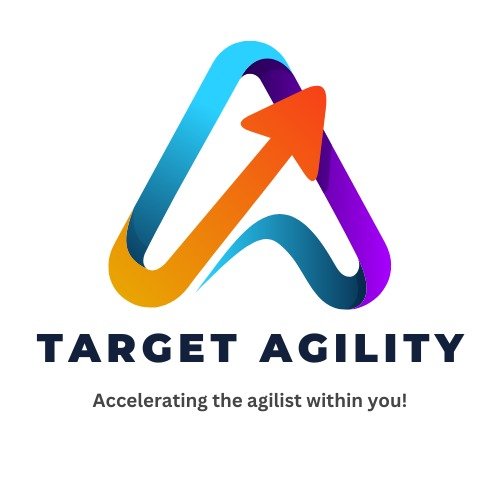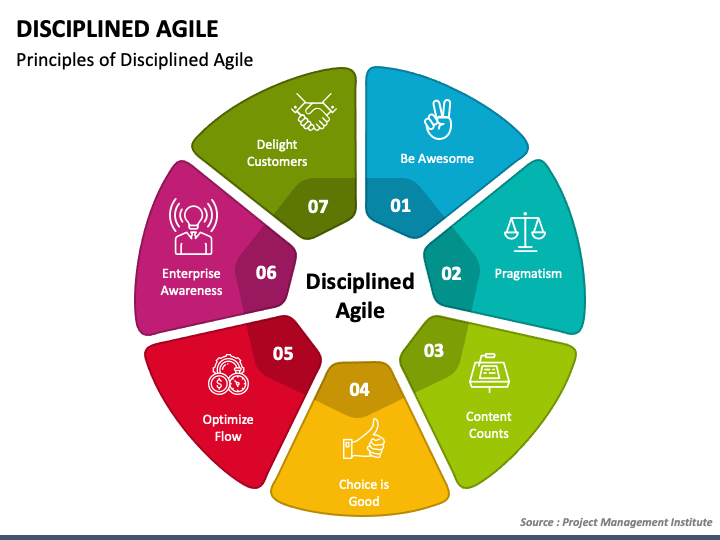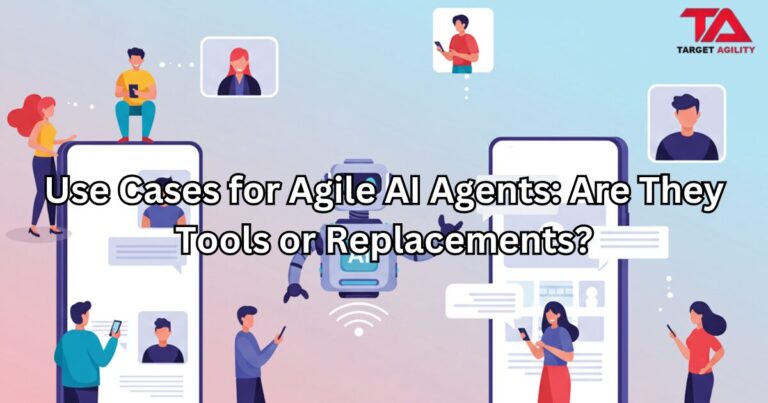Agile is great for helping small teams move fast and work better together. But when companies try to apply Agile to large projects or multiple teams, things can get messy. That’s where Disciplined Agile Delivery (DAD) comes in—it helps organizations grow their Agile practices in a smart, flexible way.
What Is Disciplined Agile Delivery?
DAD is a toolkit, not a strict set of rules. It was created by Scott Ambler and Mark Lines to help teams deliver better software by combining the best parts of Scrum, Kanban, Lean, SAFe, and other methods.
Instead of forcing every team to work the same way, DAD helps them choose what works best for their situation. It supports the entire project journey—from the idea phase, through building the product, all the way to releasing it.
Why Do We Need More Than Scrum?
Scrum is great for managing small teams, but it doesn’t cover everything you need to deliver a full product at a company level. For example, Scrum doesn’t really talk about big-picture planning, working with other departments, or handling technical decisions across multiple teams.
DAD fills in those gaps. It includes more roles, more tools, and guidance on how to work with other parts of the business, like architecture, operations, and compliance teams.
Key Ideas Behind DAD
Here are some of the main things that make DAD useful:
1. One Size Doesn’t Fit All
DAD believes that each team and organization is different. It gives you options and lets you decide what works best, instead of forcing you to follow a single method.
2. Think Beyond Your Team
In DAD, you don’t just focus on your team—you also think about how your work affects the rest of the company. This helps with planning, coordination, and delivering real value.
3. People Matter Most
DAD puts people first. It encourages teams to choose their tools and ways of working based on their goals, skills, and needs.
4. Agile From Start to Finish
DAD looks at the whole project—from the early planning phase to building the product and finally launching it. This helps teams stay flexible and organized the whole way through.
How to Start Using DAD
If you’re thinking about using DAD, here are a few steps to begin:
- Look at how your teams work now and where things get stuck.
- Pick a lifecycle that fits your team’s needs (Agile, Lean, or Continuous Delivery).
- Train your team and leaders on DAD’s ideas and tools.
- Try DAD with one or two teams first, then improve based on what you learn.
- Use data and feedback to keep getting better.
How Is DAD Different From SAFe or LeSS?
DAD is more flexible than other scaling frameworks like SAFe (Scaled Agile Framework) or LeSS (Large Scale Scrum). While SAFe gives you a lot of structure, DAD gives you choices and helps you build your own way of working. That makes it a good fit for companies that want some guidance but don’t want to be boxed in.
Conclusion
As businesses grow and projects get more complex, it’s important to scale Agile the right way. Disciplined Agile Delivery helps teams deliver better results by being practical, flexible, and people-focused.
If you’re already using Scrum or Kanban and need a smarter way to scale across your organization, DAD could be just what you need to go from good to great.











